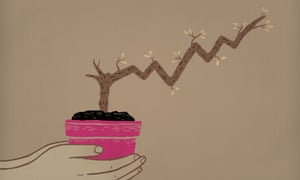A Teacher Like You
A lot of the time, when a child is considered at-risk, one of the reasons is that they might not be considered the brightest or the best or the most important of the group. They might not be on the honor roll or their parents aren’t around as much. They’re average students, and I think that, sometimes, we forget that everyone’s child matters. These are kids who aren’t used to hearing that they did a good job, or even being asked what they’re doing this weekend or whether they changed their hair. They don’t get a lot of attention.
We love this blog: ateacherlikeyou.com !
Wanted: Time to Collaborate
Collaboration improves student performance.
A study [PDF] from the University of Pittsburgh found that fostering teamwork in schools improved student test scores.
Collaboration hones #teachers’ skills.
Boston College #education professor Andy Hargreaves argues that we can’t make great schools just by hiring great teachers. If schools become spaces where teachers learn alongside students, both new and veteran teachers strengthen their practice.
Collaboration nurtures healthier school cultures.
Studies of teachers in both Massachusetts and Chicago [PDF] suggest that schools with collaborative communities also have higher teacher retention and and higher job satisfaction.
Read more: Wanted: Time to Collaborate — Medium
How about you: do you have time to collaborate?
By: Nisha R Category: Articles Tags: education, TEACHERS, teaching

what if the act of giving doesn’t come naturally or easily, but instead requires practice and patience?
It is true that giving #gifts can help strengthen relationships among siblings. Studies on human behavior by psychologists, anthropologists, economists, and marketers all find that gift-giving is a “surprisingly complex and important part of human interaction, helping to define relationships and strengthen bonds with family and friends.” And it is the giver, not the recipient, who experiences the biggest psychological rewards from the exchange. The gift giver experiences positive changes in brain chemistry, an increase in endorphins and a feeling of euphoria during and after giving a gift. According to Jeffrey Froh, Psy.D., of Hofstra University, and Giacomo Bono, Ph.D., helping others and being generous are essential for creating grateful, connected children. Feeling connected to those they are helping leads them to develop and value social relationships. Within a family, where siblings often compete with each other for attention, such connections are essential for healthy family life.
This time of year is a good moment to reflect on the value of gift giving. Surprisingly, it can have more benefits for the giver than the receiver.
By: Nisha R Category: Articles Tags: 111111, generosity, gifts, Psychology




